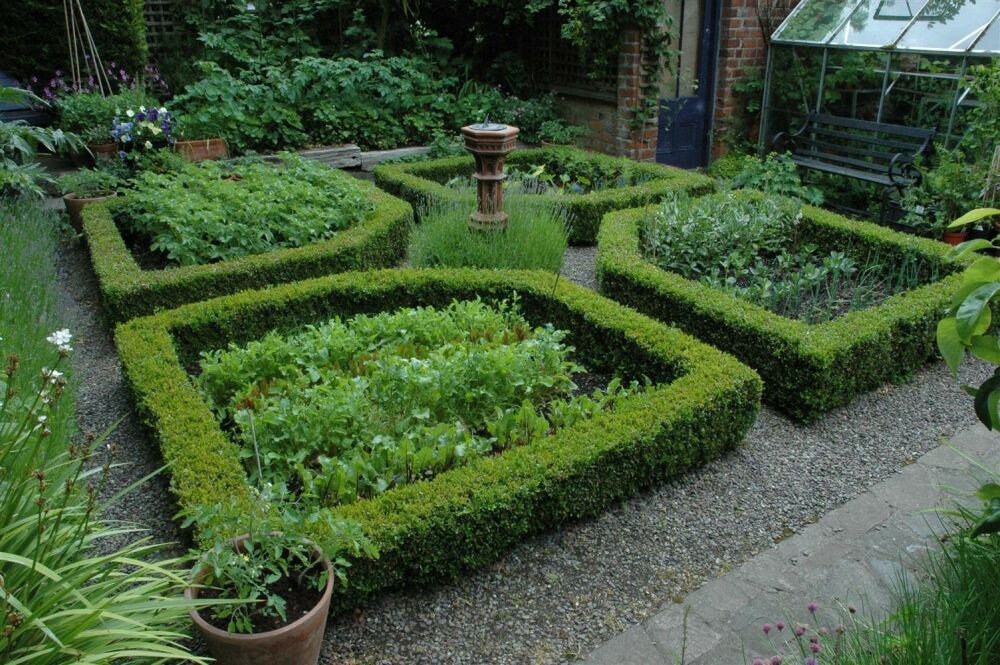Reduce waterlogging in the garden
Tiles out, plants in! Changes in climate are increasing the risk of waterlogging or even flooding. The intensity of precipitation is increasing and unfortunately so is the frequency. Especially in the summer months, heavy rain and thunderstorms can cause a lot of inconvenience and damage. When creating or remodelling a (new) garden, it is wise to take this into account to reduce the chance of damage from large amounts of precipitation.
In any garden, it is important that the soil is able to drain sufficiently well in combination with proper planting that suits the conditions of your garden. Proper soil preparation is therefore essential. Even normal amounts of precipitation combined with poor soil drainage can cause (many) problems. In general, most plants dislike wet feet with the result that they do not grow properly or may even die (often in combination with a fungal infection) from the excess water. In other words, good soil is the basis for success! For this reason, we advise all our customers to follow the planting instructions, including the proper soil preparation.
What are the possible consequences of waterlogging in the garden?
Waterlogging can cause various problems in the garden. Common problems caused by excess water in the garden are:
- Poor growth and flowering of plants and trees
- Subsidence of terraces and garden paths
- Increased risk of fungal diseases in the garden
- Bare and unsightly patches in the lawn
- Algae growth
- Damage to gazebos, pergolas and decking
- Flooding of the pond
How can you reduce the chance of damage from a downpour?
Unfortunately, preventing a cloudburst is not possible, so it is best to be prepared for the eventuality of being 'treated' to such a downpour. There are a number of measures you can take in advance in the garden:
- Good soil preparation: Make sure the soil is sufficiently permeable to air and water by digging the soil deeply enough. This allows rainwater to drain through the soil.
- More greenery, fewer tiles: just like streets, unfortunately, many front and back gardens are completely paved. This reduces the rate at which rainwater can drain through the soil and can cause problems during heavy rain. It is therefore best not to pave the entire garden but provide adequate planting in the open ground. When paving an area, make sure to leave a space between the tiles wide enough to allow water to drain away more easily.
- Use gravel instead of paving: excess water flows away more easily through gravel than through (the spaces between) paving.
- Rainwater tank: every little helps, including a rainwater tank (water butt). Capture rainwater and relieve the burden on the drains. This water is perfect for watering plants in dry periods.
- Drainage gutter: to drain excess water on the terrace, a drainage gutter or grid gutter offers a solution. Make sure the terrace slopes slightly so that water can be drained (or preferably collected for reuse) at a central point.
- Infiltration crates: these systems are installed underground and store excess rainwater before gradually releasing it into the soil. This puts the rainwater back where it belongs, namely in the groundwater instead of the sewer system.



